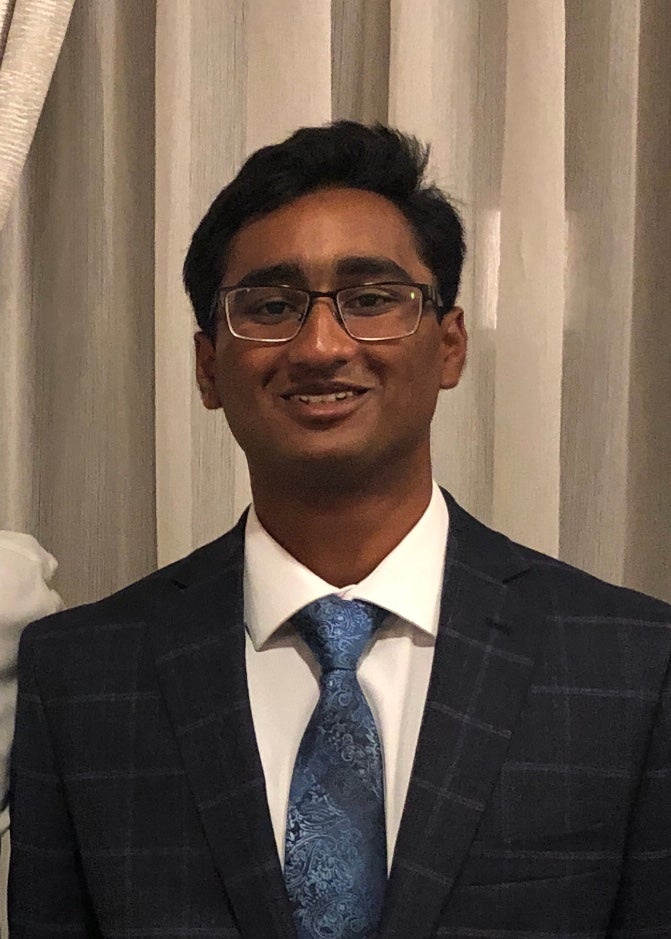Physicians diagnose and treat acute and chronic illnesses; they also help prevent disease from occurring through primary care, public health, and generally educating patients about healthy lifestyles. They are general practitioners, surgeons, and specialists. Physicians are often also involved in research, teaching, leadership of health care organizations, and public policy formation.
What are medical schools looking for?
Academic Readiness
Successful applicants can show that they were exceptional students in college, generally attaining a grade point average of around 3.6 in the sciences and overall. Along with good grades, letters of recommendation and activities must attest to a high level of engagement in classes and other activities such as research and/or working as a teaching assistant, or study abroad.
Experiential readiness
Admission committees look to letters of recommendation, interviews, and the list of applicants’ activities for evidence of several non-quantifiable qualities. Among these are communication and interpersonal skills, commitment to service, knowledge of the field, cross-cultural understanding, and innate intellectual curiosity.
Undergraduate Majors
At URI, you can major in almost anything and be premed. Medical schools are not concerned with the major you choose as much as they are with the reasons for your academic choices and what you learned in college. As long as you complete the premedical requirements, you are encouraged to pursue a major that is interesting to you.
Visit the Association of American Medical Colleges website for more information on core competencies for entering medical students.
Medical School Admission
How medical training is structured
Aspiring physicians must obtain a college degree in which they complete courses in basic sciences, behavioral science, and humanities as a foundation for the medical curriculum.
Medical School
Medical school, or undergraduate medical education, is general training over an intensive four-year program. Medical students must first take the core medical curriculum, generally lasting two years. This is followed by two years of clinical training in which students learn about core medical specialties as well as elective fields of medicine or surgery.
There are two types of medical school. Doctor of Medicine (MD) programs are the most common. There are also Doctor of Osteopathic Medicine (DO) programs. DO schools have all of the same training as MD programs but includes osteopathic manipulative medicine as well as an emphasis on preventative care and body’s ability to heal itself with minimal medical intervention. Both types of degrees are accepted in all 50 states and the tracks to residency training (see below) are the same.
Residency
Residencies, also known as graduate medical education, are training programs where medical school graduates learn their chosen medical field. In the final year of medical school, students must choose a field of medicine or surgery and apply for a residency. Residencies vary in length, generally 3-7 years, depending upon the medical/surgical field.





